Thank you Adi!What a good looking Spad. A nice addition to your collection.
The kit was so basic that I was initially worried, but in the end, with a little help from some spare parts and decals it became something nice.
Last edited:
 |
As a way to introduce our brass coins to the community, we will raffle off a free coin during the month of August. Follow link ABOVE for instructions for entering. |
 |
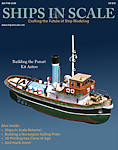 |
The beloved Ships in Scale Magazine is back and charting a new course for 2026! Discover new skills, new techniques, and new inspirations in every issue. NOTE THAT OUR FIRST ISSUE WILL BE JAN/FEB 2026 |
 |
Thank you Adi!What a good looking Spad. A nice addition to your collection.
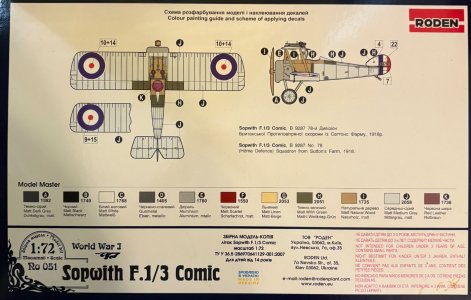
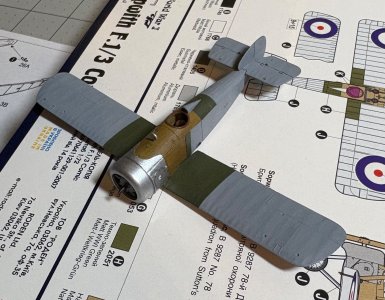
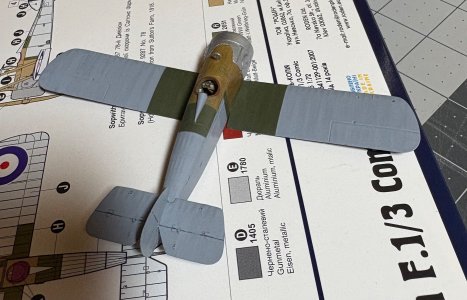
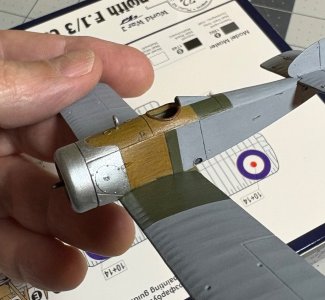
Thank you, I use brushes.Hi Dean,
I like the wood effect you have achieved.
Do you air brush or use brushes?
Cheers,
Stephen.
Thank you, I have done better, but each time is different or unique.You have really perfected the wood effect paint scheme!
Thank you, my technique varies, as I don't want all of the wood I paint to be the same. Panels verses a propeller is different.I saw your photos and immediately wanted to comment on your fantastic woodgrain effect. I see that I am not alone. Please, we all would like to know your technique.
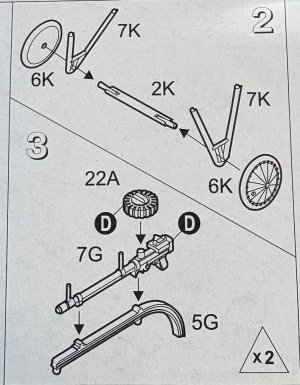

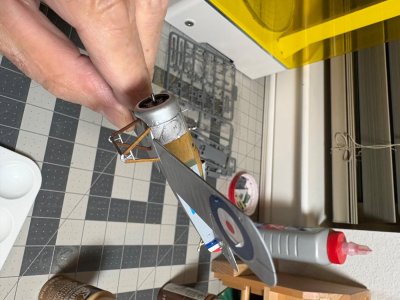
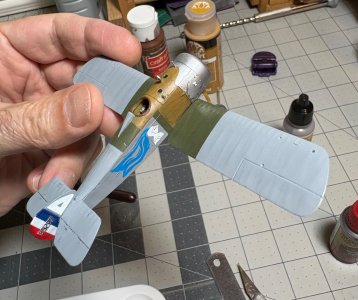


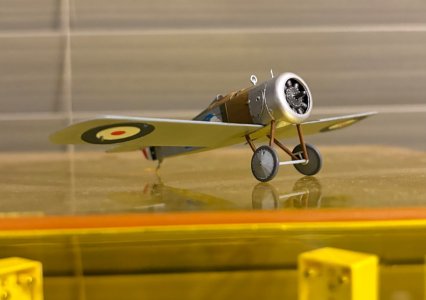
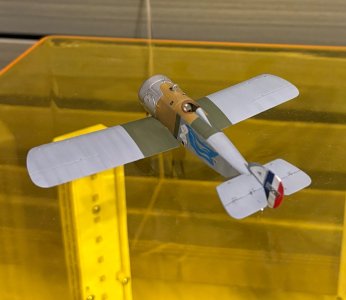
Thank you. it's a lot of work, so I don't do all of them this way.Wow, I love the laminated look on the prop - amazing!
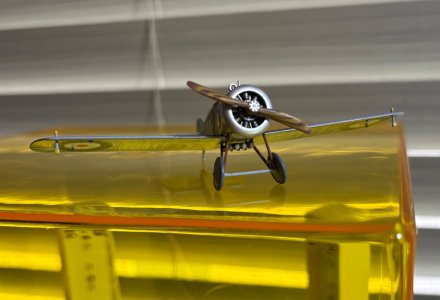
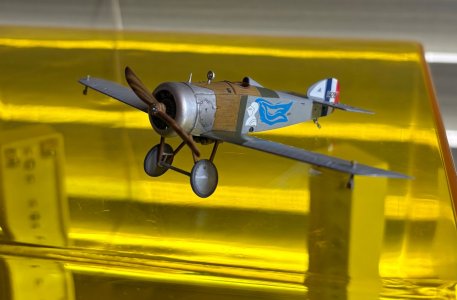



Russ you paint an amazing scene, makes me wonder if they at least had a light down low in the cockpit area.Realizing that your last encounter left your Lewis machine guns empty, you take your feet off the rudder pedals and your hands off the stick, and you stand up to to reload your guns - in the freezing cold - in the dark - all while the Red Baron was bearing down on you!
Thank you, the tiny parts are most often difficult to work with! I built a 1/16 scale Camel by Model Airways, you can find the build log in this section.Brilliant work Dean, I have just gone through all the posts and your models are fabulous, you definitely have some skills.
I have only been modelling for eight months now and have only completed The Polaris boat by OcCre but then decided to switch to building a Sopwith Camel by Artesania Latina. It’s much bigger than your models but I still find it difficult to master handling many of the smaller parts. Heaven knows how you cope with your smaller models. I changed the original colour scheme and have been surprised that it resembles actual aircraft, I will post pics when finished as I am almost there.
Love your work, they are beautiful
Thank you Daniel.Your propeller steals the show.
